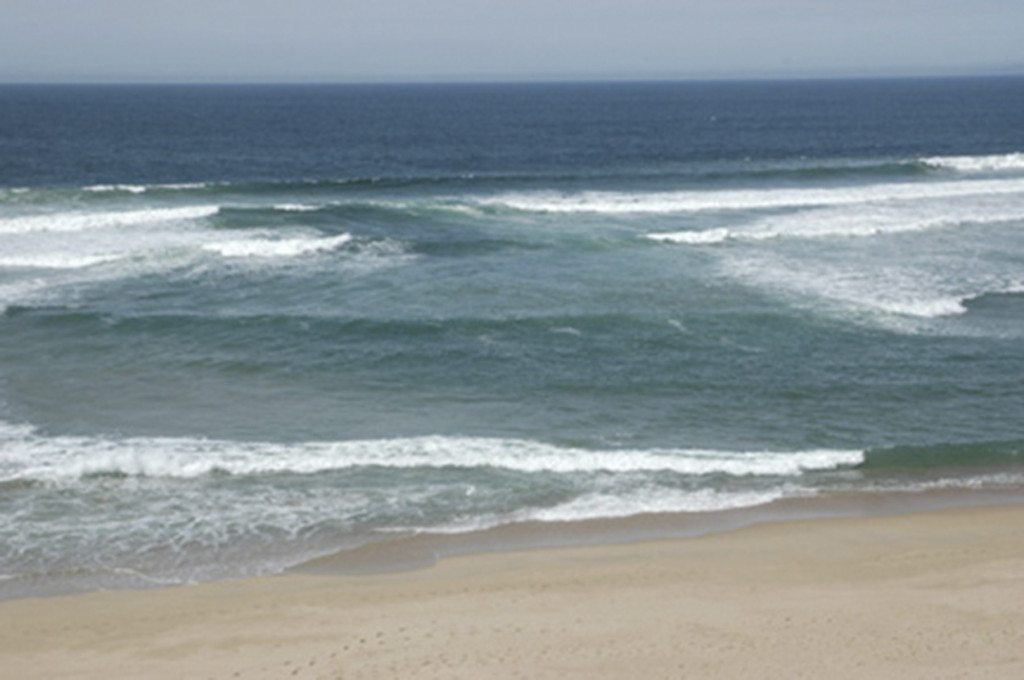With summer in full swing, it’s time to hit the beach and take in some swimming and fun in the sun. But before you dive into the ocean, it’s im portant to be cautious about dangerous flows of water that drag swimmers away from the shore known as “rip currents.” Oyster Bay Town Supervisor John Venditto encourages residents to educate themselves about the precautions that should be taken when venturing into the ocean so as to prevent falling victim to rip currents.
portant to be cautious about dangerous flows of water that drag swimmers away from the shore known as “rip currents.” Oyster Bay Town Supervisor John Venditto encourages residents to educate themselves about the precautions that should be taken when venturing into the ocean so as to prevent falling victim to rip currents.
“Rip currents can appear at any beach with breaking waves and are responsible for 80 percent of rescues performed by lifeguards,” said Venditto. “Rip currents usually speed at about one to two feet per second and are especially dangerous to weak or non-swimmers. Unfortunately, rip currents have also been recorded as speeding up to eight feet per second, capable of dragging even the strongest swimmer out to sea.”
There are several clues for identifying where a rip current may form. Beach-goers should be on the lookout for a channel of churning choppy water, an area of noticeably different water color, a line of sea foam, seaweed or debris moving steadily seaward and a break in an incoming wave pattern.
Venditto also outlined some of the precautions that can be taken to reduce the risk of being swept away in a rip current.
“One of the most important precautions any swimmer can take is to only go swimming in the ocean if a lifeguard is present. Remain cautious at all times while you swim, especially if there is no lifeguard on duty,” he said. “If you do end up caught in a rip current, remain calm to conserve energy and think clearly. Don’t fight the current, do your best to float or calmly tread water and then swim back towards the shore.”
Venditto also cautioned that if a patron is in trouble, seek help from a lifeguard or call 911 if there is no lifeguard on duty. Then, throw the victim something that floats and yell instructions on how to escape.
“Remember, many people drown while trying to save someone from a rip current,” he said. “If we can all remain cautious and go swimming in lifeguarded areas, we can have a safe and fun summer.”
Further information about how to avoid rip currents can be obtained from the NOAA website at www.ripcurrents.noaa.gov.
—Submitted by the Town of Oyster Bay
































